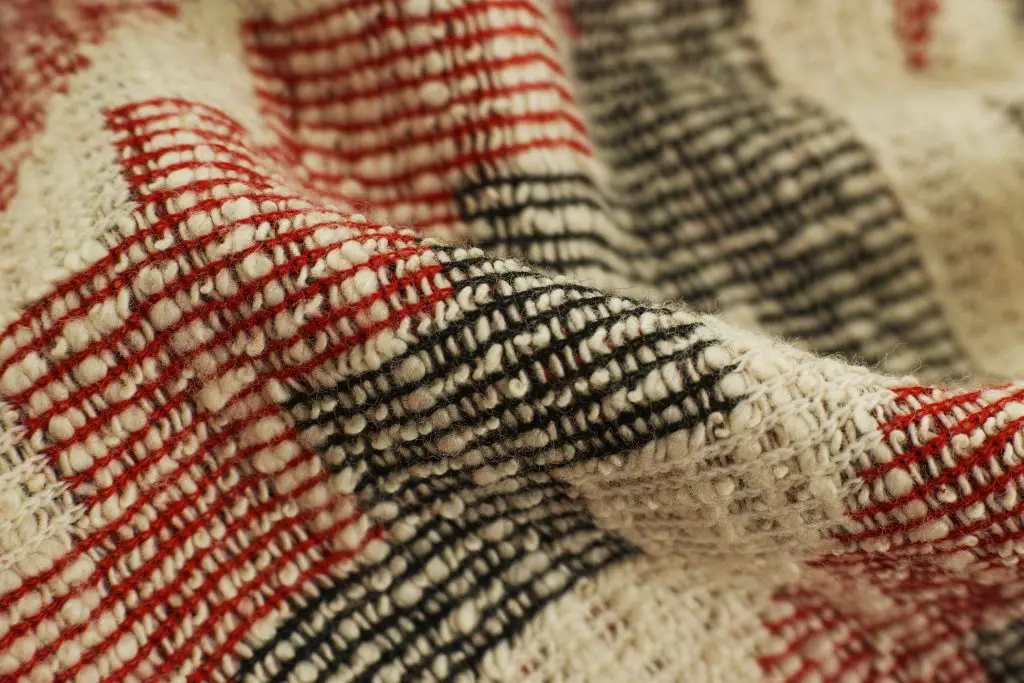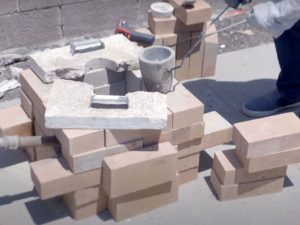Last Updated on June 27, 2023 by Team Ideas24
For centuries, rug-making has been an esteemed art form. Countless cultures, from Persia and India to Turkey and Morocco, have cultivated their own distinct styles and methods for crafting these exquisite textiles.
Despite the prevalence of mass production and mechanized manufacturing, the craft of rug-making has lost its former popularity. Nevertheless, for the discerning few who value the allure of artisanal creations, the detailed patterns and skilful workmanship of handmade rugs continue to mesmerize them.
Rug-making is a complex art that demands creativity, skill, and patience. It necessitates an appreciation of colour and design, alongside a profound knowledge of the materials employed. Every rug is an individual masterpiece, mirroring the ingenuity and character of the weaver who constructed it.
Contents [show]
Everything You Need to Know About Rug-Making
This blog post is your ultimate guide to discovering the rich history and cultural significance of rug crafting. Dive deep into the incredible techniques used by rug makers, from ancient hand-knotting to the cutting-edge tufting methods of today.
So, grab your favourite drink, get comfy, and explore the magical world of rug-making!
Different Types of Fibres Used in Rug-Making
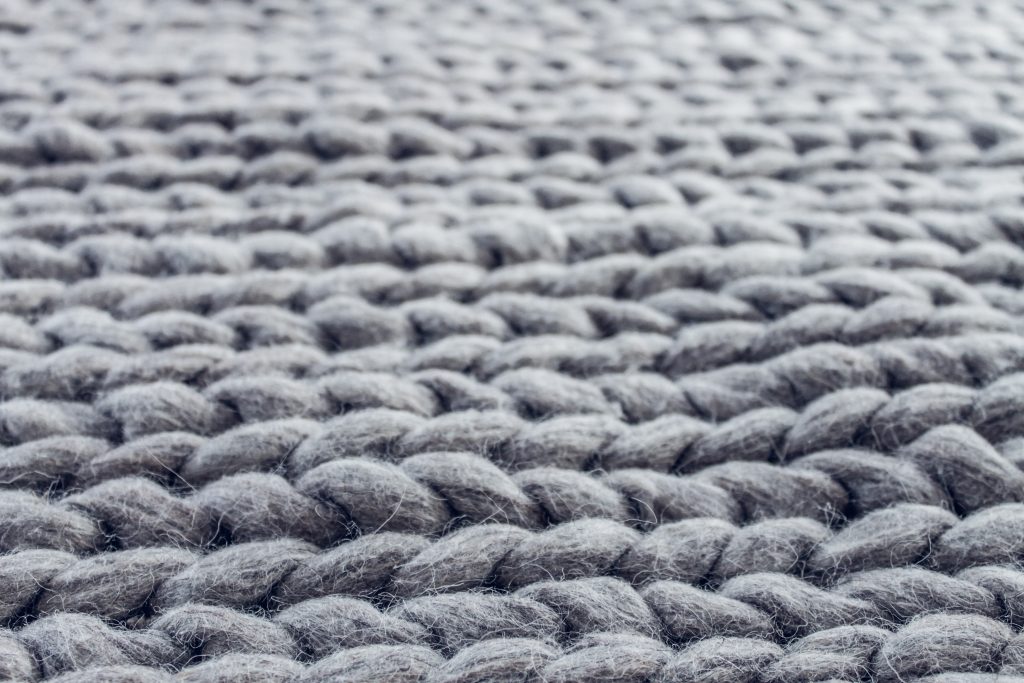
Rug-making is an age-old art that has been transmitted across various generations of skilled workers. Among the primary components of rug-making are the fibres, which play a critical role in defining the rug’s touch, consistency, endurance, and excellence.
Various fibres are employed in the production of rugs, each possessing distinct characteristics and features. The frequently utilized fibres comprise wool, silk, cotton, jute, and synthetic materials such as nylon and polyester.
Wool is a preferred and customary material for rug-making because of its hardiness and toughness. Meanwhile, silk is valued for its plushness and opulence. To reinforce its sturdiness and endurance, cotton is frequently employed as a support fabric or as a wool mixture.
Jute is a natural plant fibre that is used in the making of rustic-style rugs, while synthetic fibres are commonly used for outdoor and high-traffic areas due to their resistance to weather.
Understanding the different types of fibres used in rug-making is essential in creating a beautiful and durable finished product.
Popular Weaving Techniques
Rug-making is an intricate art form that involves a variety of weaving techniques. Two of the most popular techniques are hand-knotting and flatweave.
Hand-knotting is the most time-consuming method, but it also produces the most durable and intricate rugs. The knotting process involves tying individual knots around the warp threads, which are the vertical threads on a loom. These knots are then cut and trimmed to create the pile of the rug.
On the other hand, flatweave involves weaving the weft threads, which are the horizontal threads, over and under the warp threads. This creates a flat, often reversible rug. Flatweave rugs are typically more affordable than hand-knotted rugs but still provide beautiful designs and patterns.
Both techniques require skill and patience, and rugs made using these methods are true works of art.
Traditional Patterns and Designs
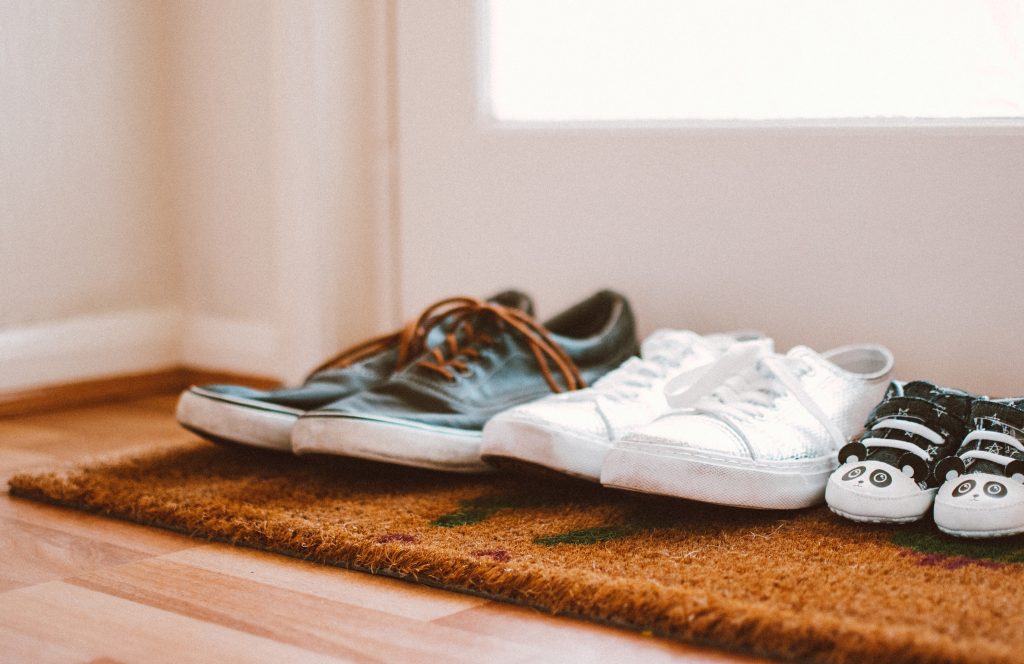
Traditional patterns and designs are an integral aspect of rug-making, with each culture possessing its relevant signature styles. From Moroccan Beni Ourain rugs to Persian Tabriz rugs, the traditional designs and patterns create a unique and authentic beauty that sets each handmade rug apart.
Typically, these traditional patterns are the result of the cultural heritage, belief systems, and craftsmanship of different regions. They usually include intricate motifs, shapes, and colour schemes that reflect the culture’s identity, such as geometric or floral designs, and tribal or nomadic patterns.
Rug makers meticulously recreate these traditional designs by hand and often incorporate natural materials like wool, silk, or cotton to add textures and depth to their creations, maintaining the cultural heritage and identity of the place of origin.
Natural Dyes Used in Rug Making
The allure of rug-making lies in the utilization of natural dyes to produce exquisite and exclusive hues on the fibres. Derived from diverse natural sources including plants, insects, and minerals, each dye yields a distinctive colour that imbues the rug with singular charm and dimension.
For example, indigo is a blue dye that comes from the plant Indigofera tinctoria and has been used in rug-making for thousands of years. Another example is the madder root, which produces a range of reds and oranges.
Many rug makers favour natural dyes due to their eco-friendliness and lack of harmful chemicals that could harm the environment or human health. Additionally, those who utilize these dyes help to preserve traditional techniques and knowledge that have been transmitted for generations.
Common Rug-Making Ideas
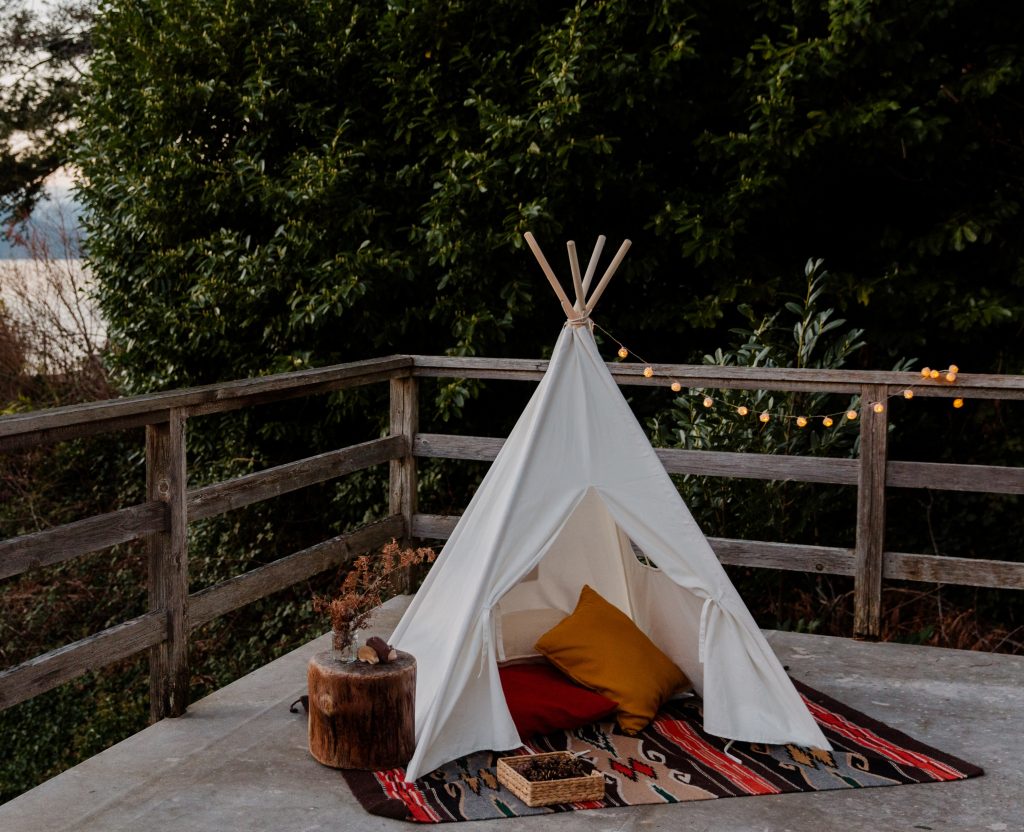
Here are some common ideas or techniques used:
1. Knotted Pile
This is a technique used in Persian and Oriental rugs, where individual knots are tied around warp threads to create a pile. To create a hand-knotted rug, first, the warp threads are stretched tightly on a loom, creating a foundation for the rug. Then, the weaver ties individual knots around each warp thread, using a specialized knotting technique that varies depending on the region and style of the rug being made.
2. Flatweave
This technique involves weaving the rug without creating a pile, resulting in a flat surface. Dhurrie rugs are common examples of flatweave rugs. Flatweave rugs are woven on a loom using horizontal and vertical threads, and the weft threads are tightly woven through the warp threads to create a smooth, even surface.
3. Hooked Rugs
The technique involves using a specialized hook, similar to a crochet hook but with a latch mechanism, to pull loops of yarn or fabric strips through a backing fabric. The backing fabric is typically made of burlap, linen, or cotton and serves as the foundation for the rug. The loops can be cut to create a shaggy pile or left uncut for a more textured surface.
4. Braided Rugs
Braided rugs are crafted by interweaving lengthy strips of fabric or yarn, which are then stitched together in a spiral to produce a circular or oval rug. To fashion a braided rug, one must begin by cutting the fabric or yarn into uniformly wide strips.
These strips are next folded in half and joined at the ends to construct a loop. Three loops are then plaited together, and the plaiting continues until the braid attains the necessary length for the desired rug size.
5. Needlepoint
This technique involves stitching yarn or wool onto a canvas backing using a tapestry needle. The stitches can be worked in a variety of patterns and colours to create a detailed design. The needlepoint stitch used is typically a basic tent stitch, which is a diagonal stitch that covers one canvas intersection at a time.
The stitch is worked from the back of the canvas to the front, creating a smooth, even surface on the front side. The stitches can be worked in a variety of patterns and colours, depending on the desired design.
6. Tufted Rugs
This technique involves using a tufting gun to shoot loops of yarn or wool through a backing fabric, creating a pile. The loops can be cut to create a shaggy pile or left uncut for a more textured surface. The pile can also be sculpted by cutting some loops shorter than others to create a pattern or design.
Eco-Friendly Rug-Making Techniques
Lately, there has been a heightened emphasis on eco-conscious approaches to rug-making. The traditional method often involves the utilization of hazardous materials like non-degradable substances, synthetic dyes, and toxic chemicals. Consequently, several artists and designers have chosen to embrace more sustainable and environmentally safe techniques.
Natural dyeing utilizes plant-based dyes sourced from materials like indigo, madder root, and marigold petals. Organic and sustainable fibres, including jute, hemp, and recycled materials, can also be used.
Rug makers have also embraced the concept of upcycling, where they repurpose rugs or other textiles into new pieces. If you have unused pompom balls, you can also upcycle and make your own pompom rug.
Employing sustainable methods in rug production not only promotes ecological welfare but also yields distinctive, exquisitely fashioned masterpieces that demonstrate the inventiveness and proficiency of their creators.
Summary
To sum it up, rug-making is not just a craft, but an art form that has been practised for centuries. The beauty and uniqueness of a handcrafted rug cannot be replicated by a machine. The techniques used by rug makers, such as knotting and weaving, require skill, patience, and dedication.
Rug-making connects us to our culture and history, and it is a way to preserve and pass down traditions. Owning a handcrafted rug is akin to possessing a work of art and history, imbuing any space with style and warmth.
The craft of rug-making represents a significant facet of our cultural heritage, warranting celebration and admiration for its exquisiteness and opulence. Apply the knowledge gained in this post, encompassing diverse fibre varieties and eco-conscious techniques, to create a truly exceptional rug project.

